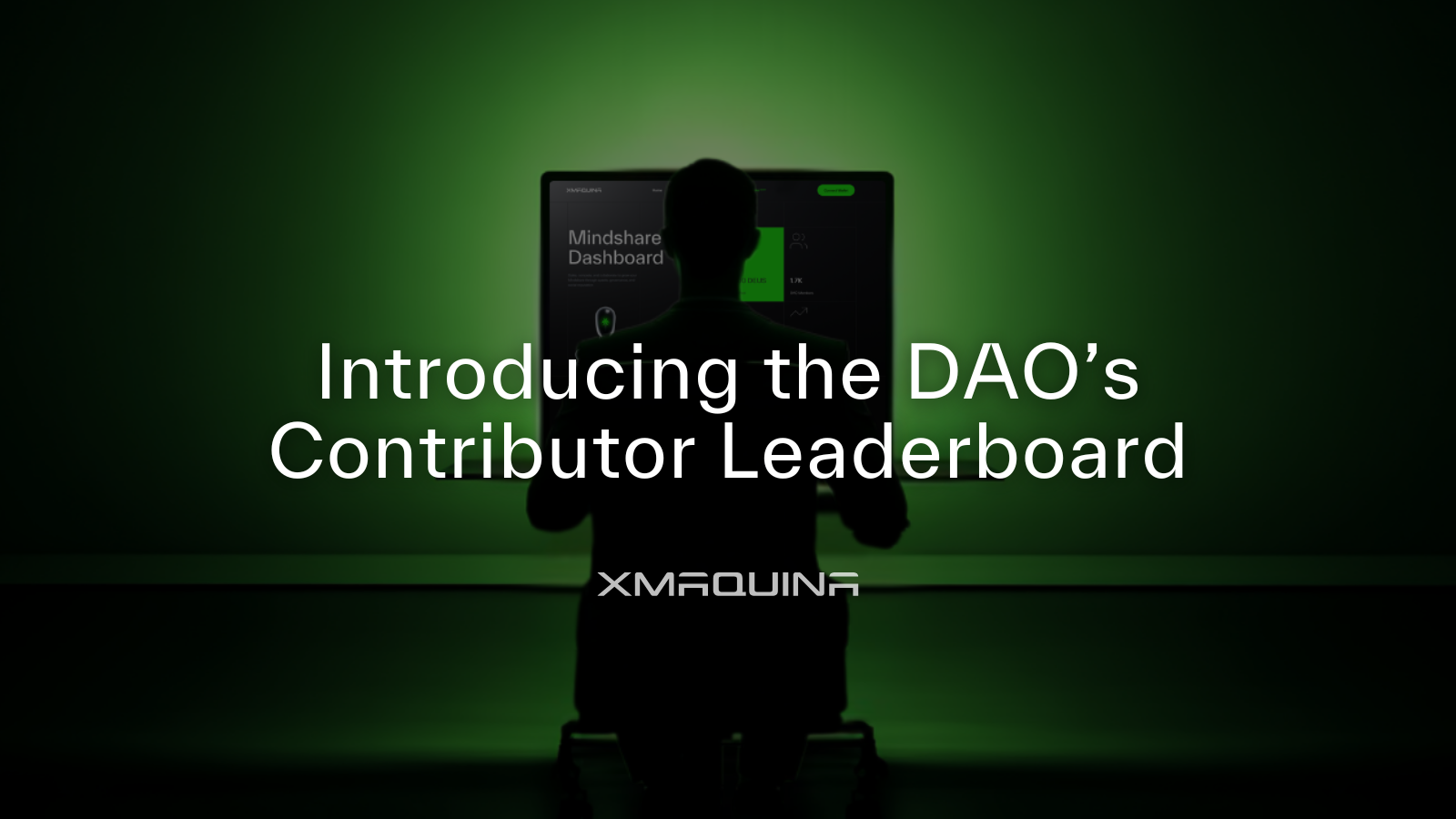.png)
August 28, 2025
Category:
Ecosystem
Read time:
6 minutes
Share This:
The evolution of digital assets is the progression from the virtual domain to an ecosystem with increasing integration in the physical world. From early cryptocurrencies to the tokenization of real-world assets, this progression points toward the next frontier - the autonomous machine economy.
Here we examine the technological and conceptual foundations of distributed ledger technology and consider robotics tokens as the logical next step in the convergence of decentralised finance and physical reality.
The Evolution of Digital Assets From Bitcoin to Real-World Value
The original idea of Bitcoin introduced the world to the concept of the decentralized digital asset which, while primarily serving as a store of value could also be used as a medium for peer-to-peer transfers. While the resilience and elegant simplicity of Bitcoin is still lauded today, its scope has always been narrow.
In the summer of 2020, the emergence of decentralized finance (DeFi) fundamentally changed the crypto landscape forever. DeFi took the core concepts of the distributed ledger and transformed them into financial tools that enable users to borrow, lend and trade assets via Smart Contracts. Although such progress demonstrates the power of trustless financial services, the major limitation of DeFi is its confinement to the digital realm.
And so finally, in late 2020, after pioneering work from the likes of Blocksquare, MakerDAO and Propy, the tokenization of real world assets (RWAs) finally bridged the gap between the digital and physical worlds. This ground breaking concept of atomising physical objects into numerous digital tokens, each representing a portion of value has been truly era-defining.
This development made markets that were previously illiquid and limited to venture capitalists, accessible to anyone with access to a digital wallet. It has also demonstrated that blockchains could be more than money, they could anchor ownership of physical assets.
Robotics and Their Role as Dynamic Real-World Assets
Fast forward to 2025, robotics are entering a growth phase reminiscent of the early PC industry. Humanoids, industrial cobots, logistics fleets, and AI-driven machines are moving from prototypes into real-world deployments. Yet the sector remains inaccessible to everyday investors. High capital requirements, complex maintenance, and technical risk mean participation is still reserved for venture funds and corporates.
Unlike a building or bond, a robot is not just a static object, it is a dynamic, revenue-generating machine. A humanoid working in a factory, a delivery bot roaming the streets, or a robotic fleet providing services can all generate ongoing value streams. Tokenizing these machines could democratize access to an industry that will define the 21st century.
But the complexity is higher. Robots depreciate, malfunction, and require insurance. They are subject to regulation, safety standards, and uncertain market adoption. Tokenization must therefore go beyond “splitting ownership”, it requires legal, technical, and operational infrastructure to handle risk.
How it Works: The XMAQUINA Model
The XMAQUINA ecosystem is governed through a dual-pillar platform design.
The first pillar is the XMAQUINA DAO, a decentralized platform where $DEUS token holders govern a multi-asset treasury. The community of holders is then able to allocate capital to high-impact robotic ventures, thereby ensuring value is always aligned with community priorities. It is sometimes argued that DAO governance is not perfect as voter apathy and whale dominance can be real issues with DAOs. The XMAQUINA DAO has so far proven that transparency and collective decision-making can be a meaningful alternative to closed structures.
The second pillar is the Machine Economy Launchpad, a protocol layer where robot-native startups can tokenize their projects, access DAO-backed funding, and plug into shared legal and technical infrastructure. By standardizing how robotics assets are tokenized, insured, and governed, the launchpad lowers the barriers for builders. This enables accessibility and significantly lowers the investment barriers to entry.
Today, XMAQUINA provides exposure to high-growth robotics ventures through a diversified, community-governed vehicle. Tomorrow, it may provide passive income through the work of machines, and will allow its stakeholders to shape the machine economy.
A New Era of Shared Ownership
By participating in the XMAQUINA ecosystem, you gain exposure to a wide range of high-growth robotics ventures. From humanoid companies and robotics supply chains, to DePAI projects and machine RWAs, your ownership of the $DEUS token provides governance rights over the entire process.
This unique concept facilitates a connection between your digital investment and physical resources in the real world, giving you a direct role in steering the future of the robot economy. It aims to build an ecosystem where investors, engineers, and communities collectively own a stake in the robot economy.
Bitcoin showed us that value could move without banks. DeFi showed us that markets could run without intermediaries. RWA tokenization showed us that physical property could be fractionalized. Robotics tokens may show us something new: that machines themselves, the engines of production can be owned, governed, and directed by the many, not the few.
Bullish on Robotics? So Are We.
XMAQUINA is a decentralized ecosystem giving members direct access to the rise of humanoid robotics and Physical AI—technologies set to reshape the global economy.
Join thousands of futurists building XMAQUINA DAO and follow us on X for the latest updates.
Owner:





